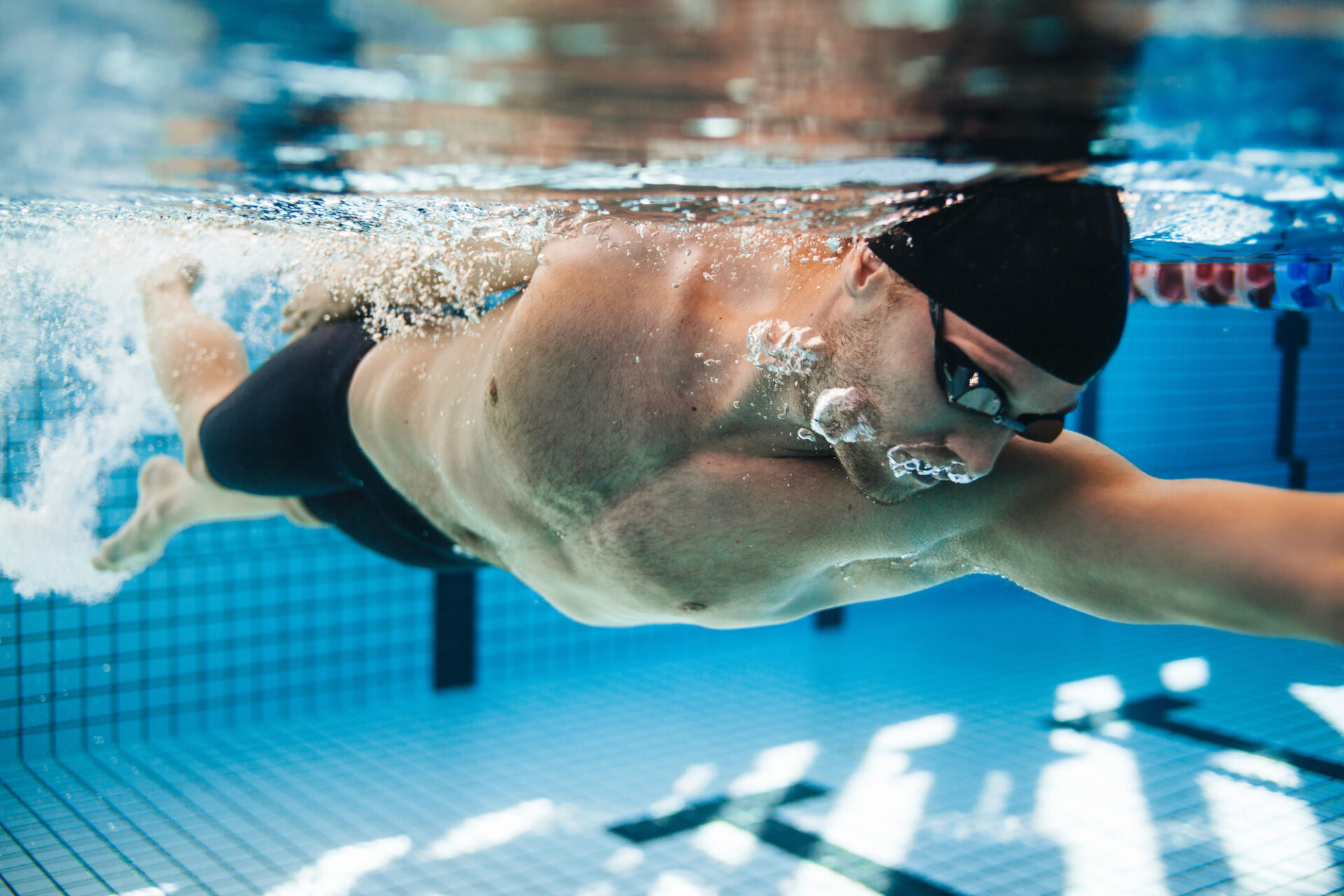
From couch to pool – how to master endurance swimming for beginners.
If you’re looking for a form of cardio that involves a full-body workout, will improve your lung and heart health, and assist in managing your stress levels, then look no further than swimming!
Sometimes it’s easy to neglect swimming when jogging or bike riding is considered foremost for cardio workouts. However, swimming has a variety of benefits to your health, need more convincing on the benefits of swimming? We’ve actually chatted a little about this before – you can check it out here.
When it comes to swimming, your technique is key to building up your endurance. The following blog provides some tips to approaching endurance swimming for beginners – let’s dive in.
Be Consistent
If you’re wanting to improve your swimming technique or include swimming as part of your exercise regime, then you will want to be consistent in how often you are swimming. We recommend aiming to do at least 20-30 minutes, three times a week. It could even be an extension of your weekly strength or cardio workout. If you fancy you could even join one of our Fitness Swimming classes, they’re free to members! Or you can reach out to our Simming Trainer Abbie. Abbie can help with programs, improving your swimming technique and even one on one sessions.
Warm-up
It might seem like a foreign concept to ‘warm up’ when in water… but swimming is an activity that involves your whole body. A few stretches you could try before getting in the pool can be found here. We recommend aiming for five minutes of land-based warm-up and eight minutes with a pool-based warm-up.
It’s important that when you get in the water that you give yourself a slow and steady start. Warming up in the pool is important to perfecting your swimming technique and pace. It all contributes to you being able to swim for longer! Find a stroke that you like such as breaststroke or freestyle and do it at a slow pace for 100m or eight minutes – or however long you feel comfortable.
Finding the right technique
Swimming involves a great deal of breathing and movement. Finding the right breathing technique is essential to increasing your endurance. Rhythmic breathing is key to swimming laps. It requires you to begin exhaling through your nose or mouth as soon as you have finished inhaling. But this doesn’t mean inhaling and exhaling every time you lift your head above the water. Trying to quickly inhale and exhale when your face is out of the water forces you to take shallow breaths and will result in you needing to take frequents breaks to catch your breath.
The trick is to exhale while your face is in the water, so your lungs are mostly empty and ready for a breath of fresh air once you lift your head above the water. There shouldn’t be any pausing – this is a constant rhythm.
Still a little unsure how to master your breathing? Check out this video below
Try Interval Training
Once you’ve mastered your breathing and have given yourself plenty of time to warm up, you’ll want to spend the rest of your time in the pool doing interval training. Interval training will help you get the most out of your swim workouts!
Interval training involves you doing a certain distance in the pool with adequate resting between each ‘set’. How much you rest depends on your swim time + rest time. For example, if you’re doing 4x 100m @ 2:00 and it takes you 1:30 to complete a single repetition then you have 30 seconds rest. MySwimPro provides a great explanation of interval training here.
Set ideas for interval training
Alright, it’s time to get you swimming some distance with interval training. Women’s Health Magazine has one of our favourite workouts for beginners. For the exercise below you will need a kickboard which you can purchase from the front counter at SportUNE.
- 8 x 25 metres flutter kick with a board with 15 seconds rest
- 4 x 50 metres alternate laps of freestyle (odds) and backstroke (evens) with 20 seconds rest
- 8 x 25 metres alternate sprint kicks (odds) and easy kicks (evens) with 10 seconds rest in between laps
- 60 seconds rest
- 8 x 25 metres freestyle with 15 seconds rest in between laps
- 4 x 50 metres freestyle with 20 seconds rest in between laps
- 8 x 25 metres alternating sprint freestyle (odds) and easy backstroke (evens) with 10 seconds rest in between laps
We hope the above helps you in your journey to building up your swim endurance and physical health.
If you’re unsure where to begin or are looking for further guidance to mastering your swim technique join the Sport UNE Swim School.
There are classes for both adults and children! Or you can join one of our Fitness Swimming Stroke Correction Classes here.


